- Home
- Articles
- Architectural Portfolio
- Architectral Presentation
- Inspirational Stories
- Architecture News
- Visualization
- BIM Industry
- Facade Design
- Parametric Design
- Career
- Landscape Architecture
- Construction
- Artificial Intelligence
- Sketching
- Design Softwares
- Diagrams
- Writing
- Architectural Tips
- Sustainability
- Courses
- Concept
- Technology
- History & Heritage
- Future of Architecture
- Guides & How-To
- Projects
- Interior Design
- Competitions
- Jobs
- Store
- ToolsNew
- More
- Home
- Articles
- Architectural Portfolio
- Architectral Presentation
- Inspirational Stories
- Architecture News
- Visualization
- BIM Industry
- Facade Design
- Parametric Design
- Career
- Landscape Architecture
- Construction
- Artificial Intelligence
- Sketching
- Design Softwares
- Diagrams
- Writing
- Architectural Tips
- Sustainability
- Courses
- Concept
- Technology
- History & Heritage
- Future of Architecture
- Guides & How-To
- Projects
- Interior Design
- Competitions
- Jobs
- Store
- ToolsNew
- More
Should You Replace or Repair Your Old Air Conditioner?

Every homeowner faces a significant moment when their trusty air conditioner starts showing its age. Most air conditioning units last between 10 to 15 years. The decision to repair or replace your unit becomes inevitable as it reaches this milestone.
Repair costs that greatly exceed 50% of a new unit’s price make replacement the more financially sound choice. Your air conditioning system may need replacement if you notice sudden spikes in energy bills or experience frequent breakdowns. In this article, we’ll assist you in making an informed decision about air conditioning service by examining the factors that influence this important choice.

Table of Contents
ToggleSigns Your Air Conditioner Needs Attention
Your air conditioner tells a story through its performance. You can save yourself from unexpected breakdowns and repairs that get pricey when you spot the warning signs early.
Unusual sounds clearly show when something’s wrong. Modern air conditioners run almost silently. When you hear grinding, screeching, rattling, or buzzing noises, they usually point to loose parts, motor problems, or other internal issues that need quick attention.
Inadequate cooling shows up in different ways. Your system might blow warm air or struggle to reach the temperature on your thermostat, which often means a failing compressor or refrigerant problems. The unit struggles to perform when rooms cool unevenly or temperatures fluctuate throughout your home.
Poor airflow serves as a clear warning sign. A failing compressor or ductwork problems might cause little to no air from your vents. This weak circulation affects both your comfort and the system’s performance.
Strange odours need immediate attention. Musty smells often mean mould grows inside the system or ductwork, while burning odours could indicate electrical problems. These situations need a professional to take a full look rather than attempting DIY fixes.
Water leaks or excessive moisture around your unit signal trouble. Some condensation is normal, but pooling water usually points to a refrigerant leak or blocked drain pipe. These issues can cause serious damage if ignored.
Unexplained spikes in energy bills without usage changes often mean your air conditioner isn’t working efficiently. Older systems work harder to cool your home and use more electricity.
Short cycling (turning on and off frequently) points to thermostat problems or an oversized system that can’t work properly. More repairs, especially in units over 15 years old, show your system might be reaching the end of its life.
Only when we are willing to spot these warning signs early can we decide between repair and replacement before losing cooling on summer’s hottest day.

Calculating the Cost: Repair vs. Replace
You need to understand the real costs of repairs and replacements to make smart financial decisions about your cooling system.
The “50% rule” is a good standard to follow when your air conditioner has problems. This rule suggests that replacement makes more financial sense if repair costs are more than half the price of a new unit. Your unit’s age also matters. Just multiply its age by the repair cost estimate – if that number is above $7,600, you should probably get a new system.
Australian repair costs usually run from $230 to $1,500. Most people pay between $460 and $760. The final cost depends on what needs fixing and how complex your unit is. To name just one example, philtre changes cost $80 to $230, while fixing a major condenser could cost $2,300 to $4,600.
These repair costs make it important to know about replacement expenses too. A new split system costs between $2,000 and $7,600 with installation. Ducted systems cost more because they’re complex – anywhere from $20,000 to $38,200.
Your AC unit’s age plays a significant role in this decision. Most units last 15-20 years. In spite of that, units older than 10 years become less affordable to fix because they:
Don’t run as efficiently even when they work well
Need more repairs that cost more money
Might use old refrigerants like R-22 that cost more and harm the environment
New models can cut energy use by 20-30%. This reduction in energy costs, plus lower maintenance expenses and better warranties, often makes up for the higher upfront cost over time.
Note that replacing an old unit with a similar one in the same spot costs less than a first-time installation. Installers can use the existing setup, but they’ll likely need to replace the piping to keep your warranty valid.
When Replacement Makes More Sense
Your struggling air conditioner might not always benefit from repairs. You’ll see clear signs that point to replacement as a better long-term investment.
Age plays a crucial role in this decision. Air conditioners that run for more than 10-15 years usually cost more to fix than replace. These older units lose efficiency, use more power, and break down more often.
The math becomes crystal clear when repair costs are more than half the price of a new unit. Here’s a simple calculation – multiply your unit’s age by the repair cost. If this number goes above $7,600, experts say you should get a new system instead of fixing the old one.
Multiple breakdowns tell you it’s time for an upgrade. The money spent on repeated technician visits adds up quickly and could pay for a new unit. The numbers speak for themselves – switching from an old model to a new split system can cut your cooling and heating costs by 46%, saving up to $232,400 in just 5 years.
Older systems using R-22 refrigerants give you another good reason to upgrade. These outdated refrigerants cost more and harm the environment.
Modern systems bring impressive energy savings. New air conditioners use 20-30% less energy than their older counterparts. Government rebates make the switch even more attractive – you can get $520 to $860 for new 6kWh systems or $670 to $1,120 for replacements.
New systems do more than just save money. They come with smart home features, better air filtering, and keep temperatures steady. These improvements, combined with less maintenance, make replacement the smart choice as your unit ages.
Final Thoughts
You’ll end up making the choice between fixing or replacing your air conditioner based on a few important factors. Your system’s age, repair costs, and efficiency can save you money in the long run instead of rushing into expensive repairs for an old unit.
Here’s a simple way to think it over: A new unit becomes the smarter choice if repair costs are more than half the price of replacement. The same applies when you multiply your unit’s age by repair costs and get more than $7,600. On top of that, new systems run 20-30% more efficiently, which means lower monthly bills and less maintenance hassle.
All but one of these systems over 10 years old need replacement rather than minor repairs. Today’s air conditioners don’t just cool better – they come with smart controls and better air filtration. This makes them a solid investment to boost your home’s comfort and value.
illustrarch is your daily dose of architecture. Leading community designed for all lovers of illustration and #drawing.
Submit your architectural projects
Follow these steps for submission your project. Submission FormLatest Posts
DIY Double Glazing: How to Install It Yourself and Save on Energy Bills
Introduction: The Case for Energy-Efficient Windows In an era of rising energy...
Enhance Curb Appeal: Choosing the Right Windows Whitehall PA
Enhancing the curb appeal of your home is a wise investment that...
A Guide on Working with Local, Family-Oriented Home Contractors
Finding the right home contractor can feel overwhelming when balancing quality, trust,...
How to Choose the Right Merbau Decking Finish for Australian Weather
There’s this moment—late afternoon. The sun dips low, catching the edge of...




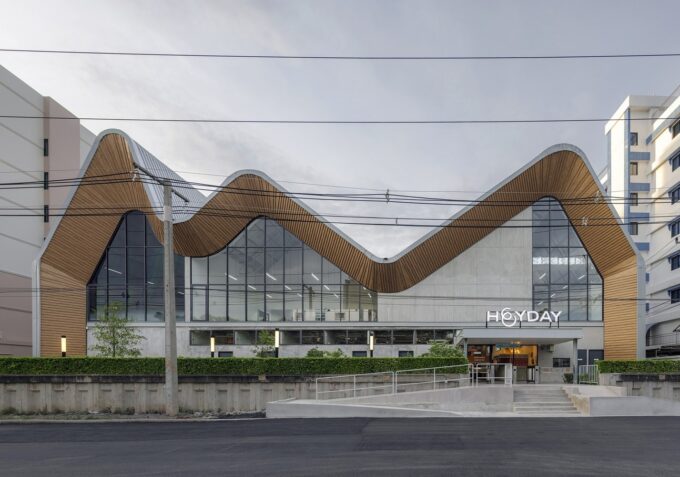
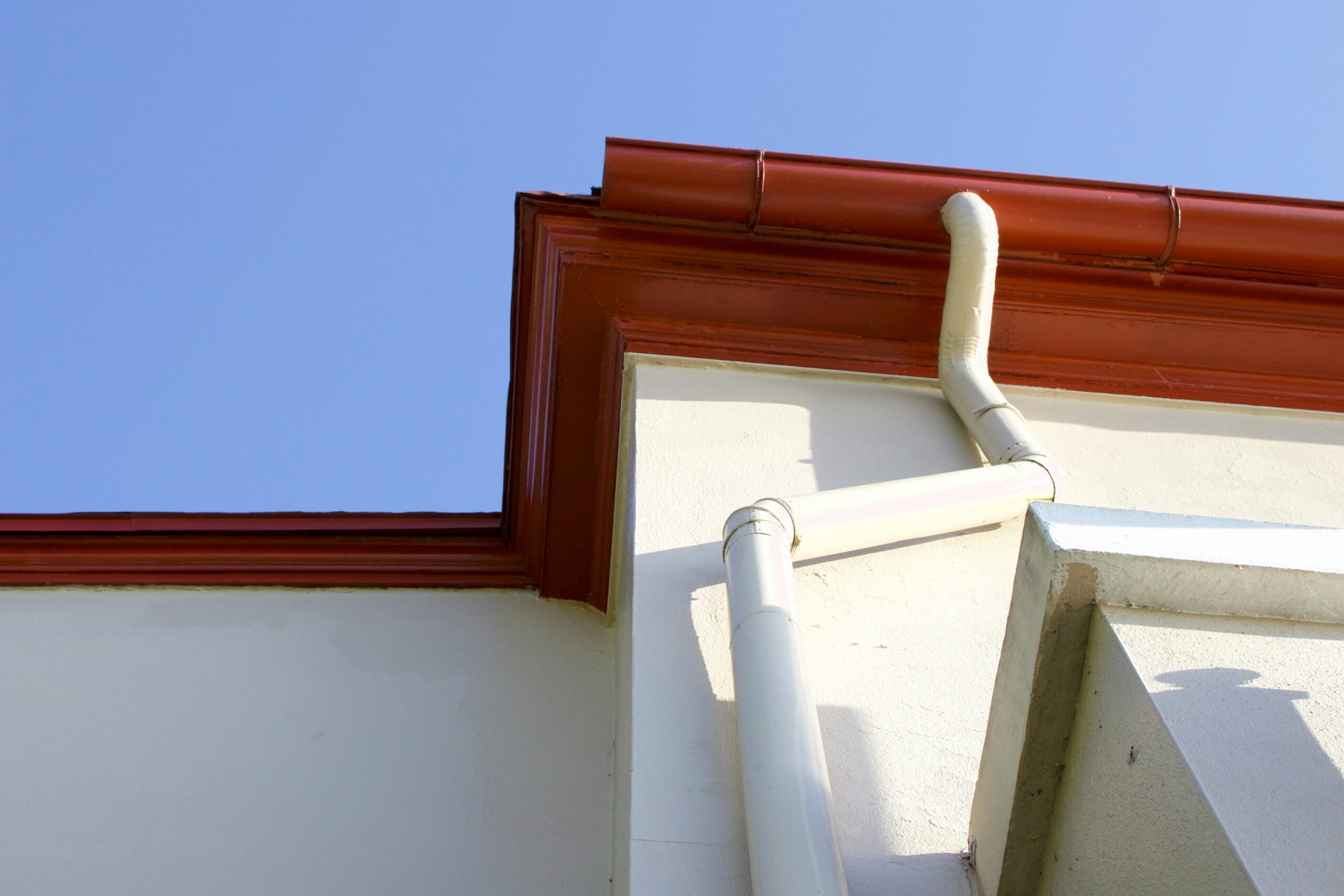


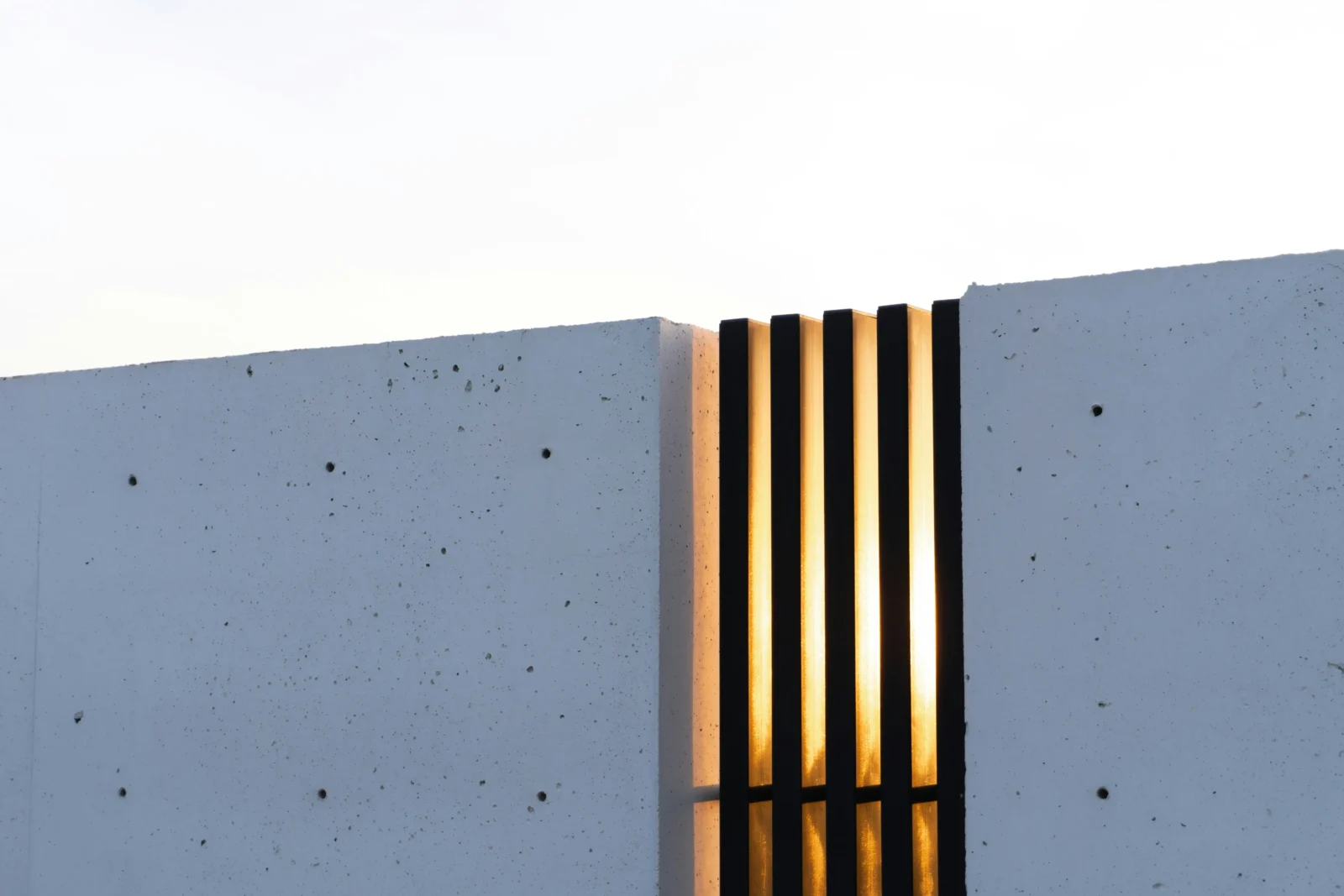
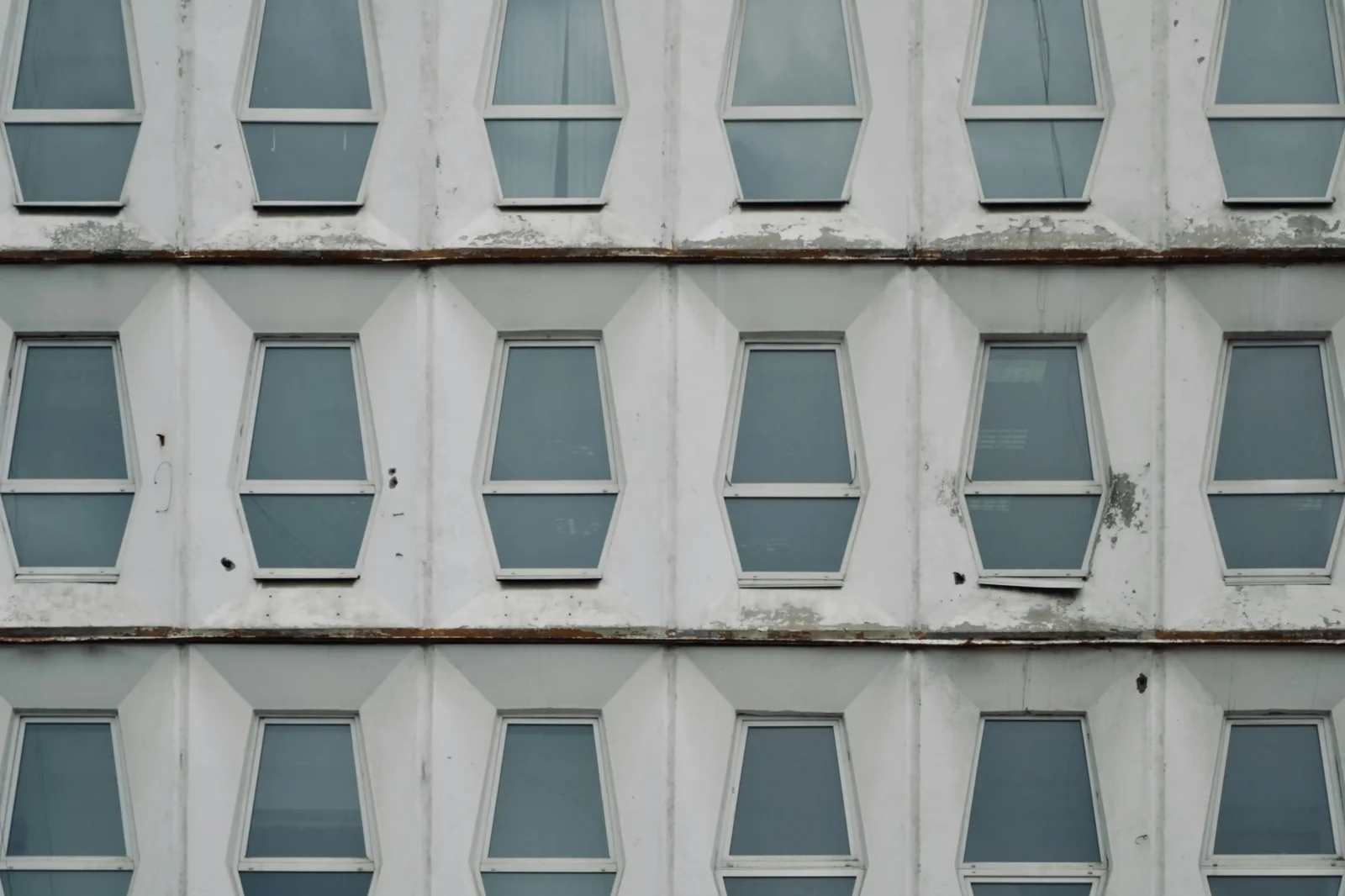
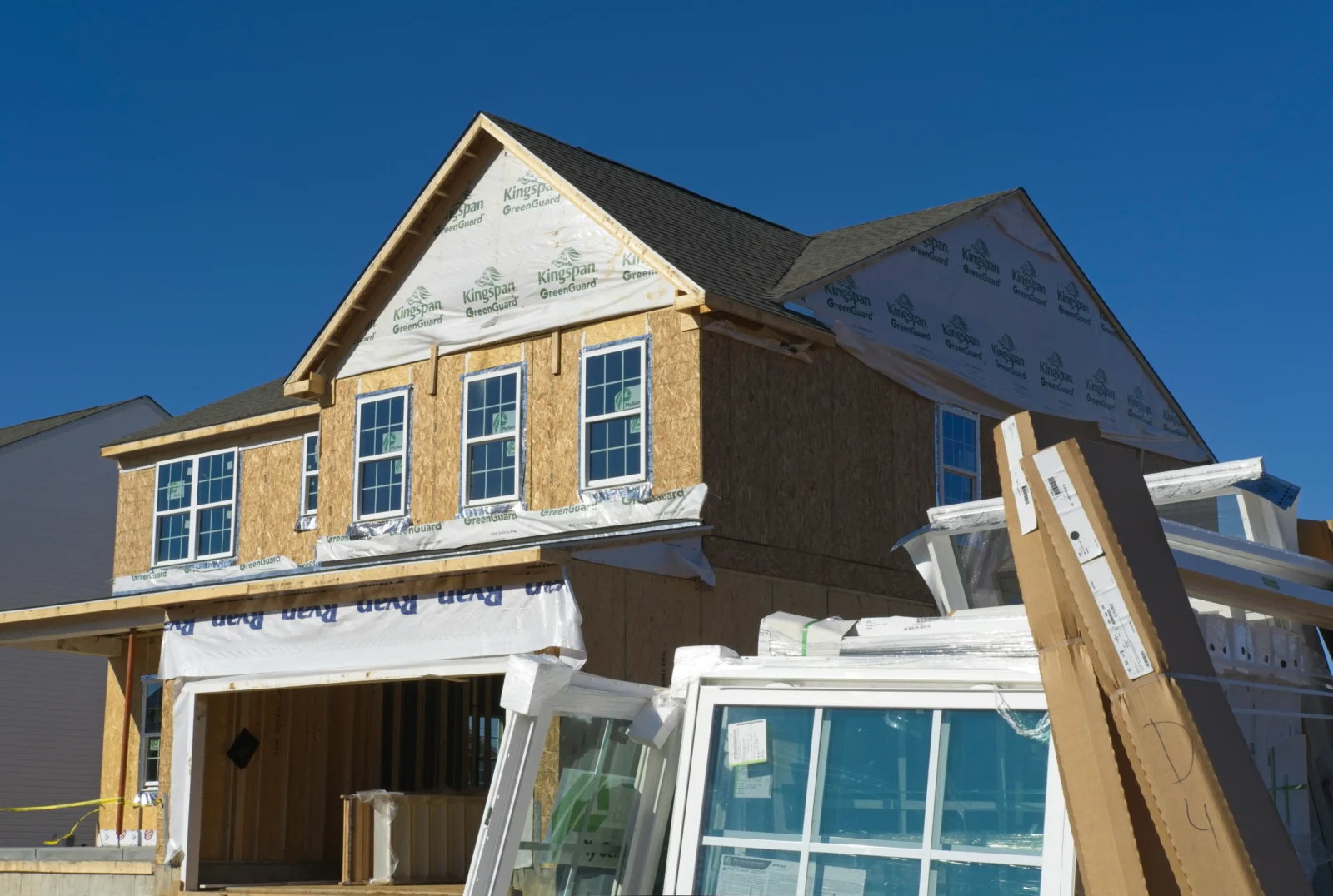
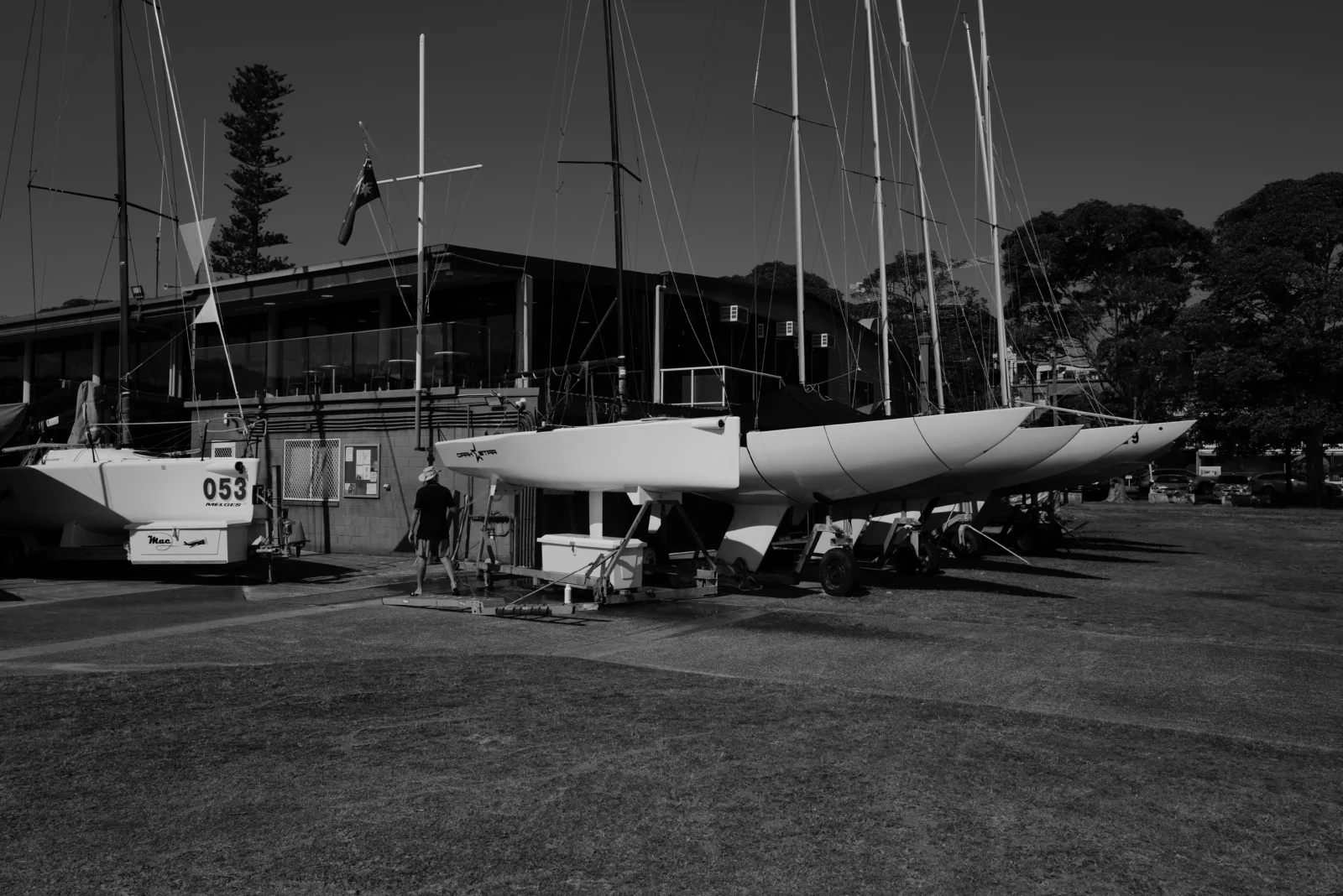
Leave a comment